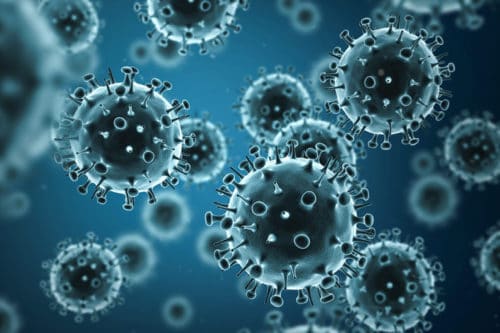With every toilet flush, valuable information encrypted in DNA is lost. Wastewater may hold a wealth of insight for public health officials, and an interdisciplinary team of Stanford researchers is keen on tapping into it.
Currently, disease response is reactive; doctors and public health specialists can’t do much until patients report their symptoms. Even then, new and elusive pathogens escape early detection. Looking at the bugs in our waste, however, could speed up disease tracking. Stanford professor of civil and environmental engineering Craig Criddle – and a team that includes engineers, disease experts and statisticians – is working to fish out and track the DNA of pathogens in wastewater.
“We hope to prove that wastewater monitoring can help protect community health,” said Criddle.
Wading through wastewater
With funding from a Stanford Bio-X seed grant, Criddle and the team plan to take advantage of the sampling features of the William and Cloy Codiga Resource Recovery Center, a newly established facility for testing of technologies that recover resources from wastewater. The facility processes wastewater from about 7,000 people within the Stanford community. Using automated sampling, the researchers will amass and process samples to see what’s in the water.
Working with an off-site facility like a public utility would be difficult due to administrative hurdles. But it’s easier to navigate campus utilities.
“It’s wonderful that we’re at Stanford because it gives us access to the whole sewer network,” said Criddle. “We’re viewing this whole sewer network as an extension of our Codiga Center test beds.”
The researchers will look for pathogen DNA from a menu of bacteria and viruses, and will also keep an eye out for new and unexpected critters. They hope their project will reveal the broad diversity of microbes in our waste. The research could also validate their tools as way to rapidly track the disease-causing bugs.
But it won’t be smooth wastewater sailing. The flows entering the plant are highly variable. For example, they’re a lot lower at night, when people are sleeping. The researchers also have to account for dilution. If someone lives far away from the treatment plant, the microbes they’re harboring may get watered down during the journey. This can misrepresent how pervasive a disease is in the community. The Bio-X team hopes to develop a method that accounts for these challenges.
In the short term, the team plans to show “proof of concept” – that wastewater-dwelling bugs are useful to public health. They also want to build the tools to test for them. This includes refining sampling methods and ways of viewing and analyzing the DNA inside wastewater.
Sentinel for public health
By demonstrating effectiveness, this project could make public health measures more proactive. Criddle hopes the method developed at Stanford will be adopted by utilities and public health agencies.
“We like to call [wastewater] a sentinel for public health,” said Criddle.
This new sentinel could amp up responses to disease. A flu outbreak on campus, for example, might be caught early and allow student health center staff to prepare.
“We can understand things that are happening to the community and take measures to address those concerns, whatever they may be, in a more timely way than would have been possible otherwise,” said Criddle.
Wastewater may contain other valuable genetic information. If used together with chemical information, for example, it could be used to track antibiotic resistance. By correlating traces of a drug with types of bacteria present, researchers may be able to see when resistant bugs start popping up.
Views of wastewater are changing, notes Criddle. Once perceived as a health hazard, the many benefits of our waste are washing up. The Codiga Resource Recovery Center already plans to recover water for reuse and methane for energy. Health information is the next frontier.
If our reporting has informed or inspired you, please consider making a donation. Every contribution, no matter the size, empowers us to continue delivering accurate, engaging, and trustworthy science and medical news. Independent journalism requires time, effort, and resources—your support ensures we can keep uncovering the stories that matter most to you.
Join us in making knowledge accessible and impactful. Thank you for standing with us!


You may also want to check out http://underworlds.mit.edu and their research